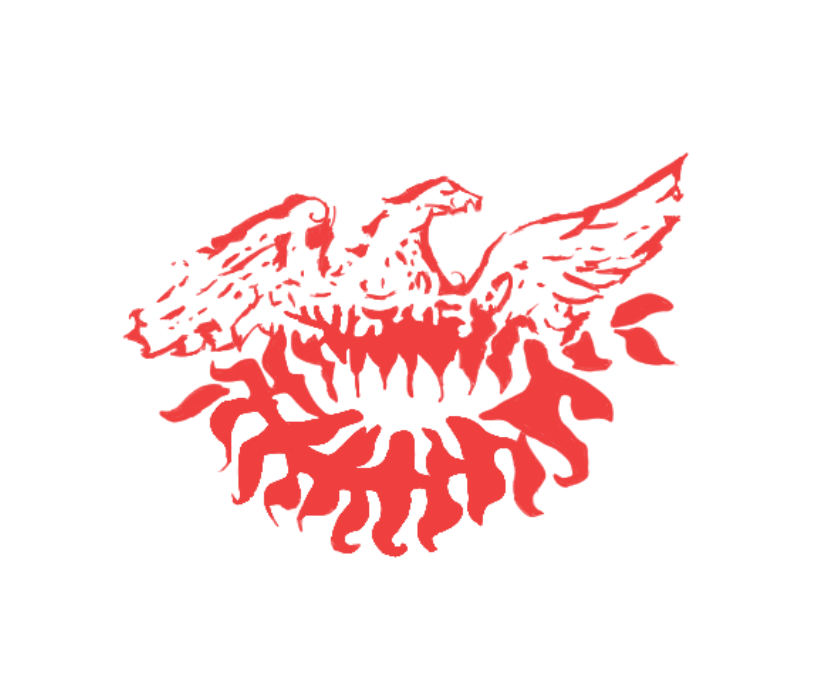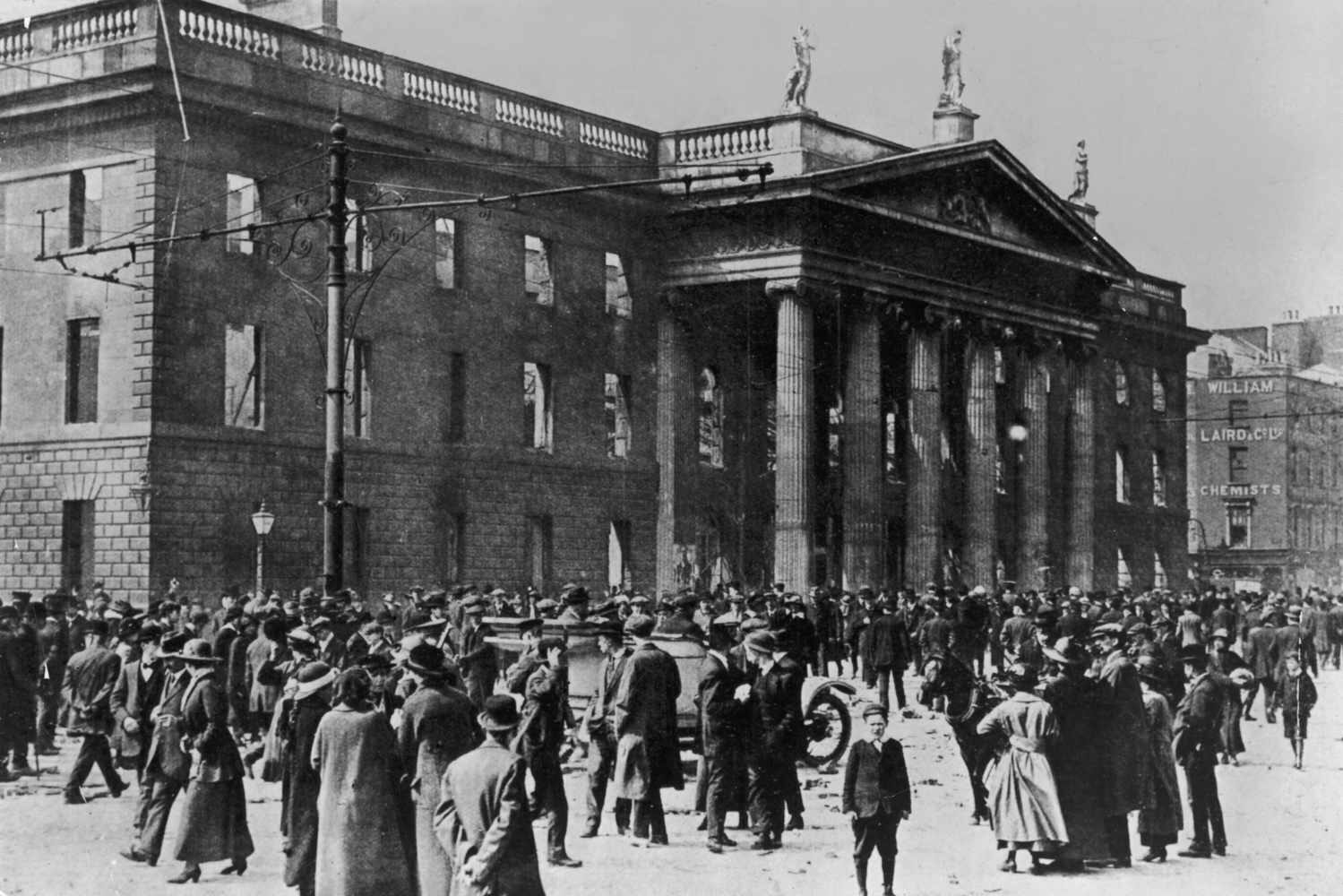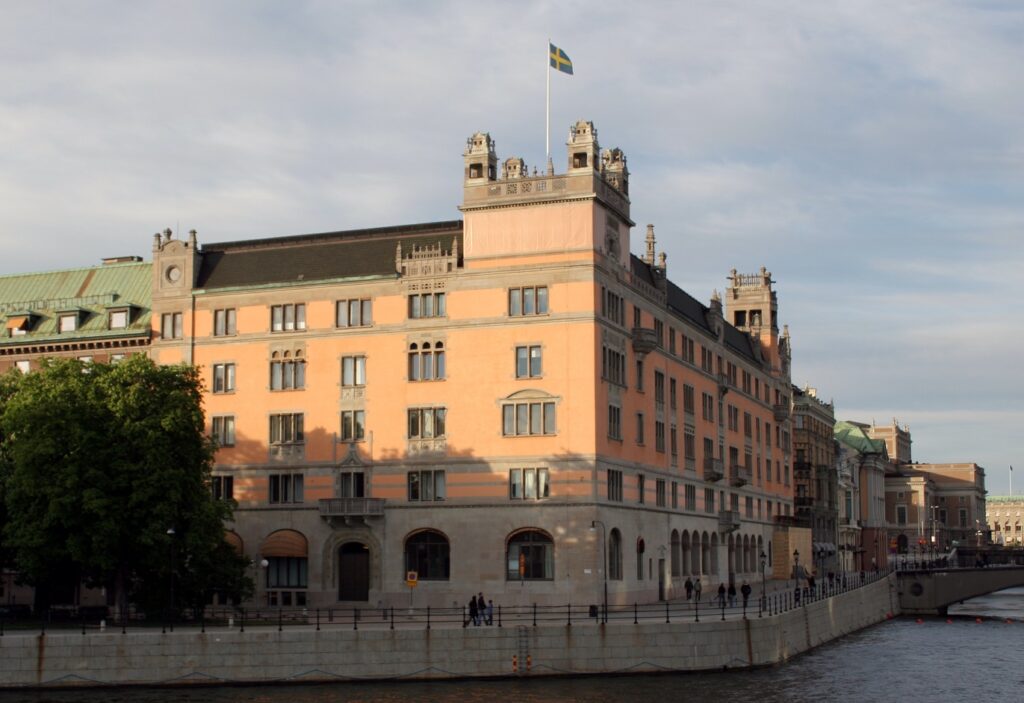Richard Manton is a journalist with Youth Media and the Irish Presidency, a Youth in Action initiative run by European Movement Ireland, and blogs at Public Engineering.
The Irish government is halfway through its Presidency of the Council of the European Union. The Presidency Programme targets “stability, jobs and growth” and picks a round of “fights”, namely: the fight against poverty, the fight against hunger, the fight against the effects of climate change, and the fight against tax evasion and tax fraud.
The fight against poverty
In the ‘fight against poverty’, the programme makes reference to the Europe 2020 Strategy, which aims to lift 20 million people out of the risk of poverty or social exclusion by 2020. No mention is made of the fact that, last year, the Irish government reduced its target from eliminating consistent poverty by 2016, to reducing it to 4% by 2016. The European Anti-Poverty Network expressed alarm at this reduction. In its key message on the overall target, the organisation said: “Austerity policies are generating poverty and undermining an inclusive recovery.” Far from reducing poverty, European and Irish policy, through austerity, is concentrating wealth and thereby increasing poverty. Ireland, at the helm of the EU, is presiding over poverty.
The EU, which often praises its own role in international development, need not look beyond its own borders to see widespread poverty. 24% of the EU27 population is at risk of poverty or social exclusion (approximately 120 million people) and up from 23% the previous year. At 38%, Ireland has the highest rate of children at risk in Western Europe and the fifth highest of the EU27. The Irish League of Credit Unions ‘What’s Left’ surveys are important indicators in the Irish media and have been ‘noted’ by the Troika. The latest of these, based on December 2012, showed that 61% of people have less than €100 left at the end of the month once essential bills are paid, 36% have less than €50 and 20% have nothing at all. Another survey showed that 56% of Irish homes have been forced into debt to pay household bills.
The CSO’s Survey in Income and Living Conditions demonstrates that almost one quarter of the population, over one million people, experienced two or more types of deprivation in 2011. These types of deprivation include: unable to afford to replace any worn out items of furniture, without heating at some stage in the last year, and unable to afford a roast one a week. This poverty has manifested itself in hunger as 10% of the population or 450,000 people are in food poverty. One cannot deny that there are a significant amount of people that are struggling to get by in modern Ireland.
‘One law for the rich, one for the poor’
Despite these levels of poverty, we remain a very wealthy as a society. But this wealth is concentrated in very few hands. According to the CSO and Credit Suisse, the total wealth in Ireland is €468 billion. Half of this is owned by the richest 5%. The top 1% (36,000 adults), where the true extent of the concentration of wealth is seen, own a startling €131.5 billion or 28% of all wealth in Ireland. This is same amount as owned by the poorest 80%, 2.9 million adults! The chart below indicates the distribution of wealth across the population deciles (10%). The concentration of wealth can clearly be seen as the richest 1% towers over the other deciles. The first five deciles, the poorest 50% of the population, between them own €4.8 billion and barely register on the chart.

The application of austerity in the last six budgets, far from closing these gaps or protecting the vulnerable, has seen the rich get richer. According to the CSO, between 2009 and 2010 the disposable household income of each decile fell, except that of the richest 10% – which increased. In the year following two austerity budgets, the poorest 10% of people got 26% poorer while the richest 10% got 8% richer. This scenario was acknowledged by the European Commission last year:“Italy recorded a particularly sharp rise in financial distress followed by Greece, Ireland, Cyprus, Portugal and Spain, with the upper quartile seeing the greatest impact of the rise in all except Cyprus and Ireland where the lower quartiles bore the brunt”.
The proponents of austerity, the Troika, cannot even agree over whether the policy is working, with recent exchanges between the EU and IMF. An IMF working paper in January found that “stronger planned fiscal consolidation has been associated with weaker growth than expected” and that “fiscal multipliers were substantially higher than implicitly assumed by forecasters,” particularly in the short term. Fiscal multipliers, though only one factor to consider for fiscal policy, are an indication of the effect of changes in government spending on economic output (GDP). The IMF has found that fiscal multipliers due to fiscal consolidation (austerity) are far higher than originally assumed and are of the order 0.9 to 1.7. This means that every €1 cut from government spending will reduce economic output by between €0.90 and €1.70. Far from improving the situation, austerity is making things much worse and, in fact, both Ireland and the Eurozone are officially back in recession.Despite the government rhetoric, employment is not rising and emigration is. Nobel Prize-winning economist, Paul Krugman, has described austerity as: “an unethical experimentation on human beings going on across the world right now”.
Austerity may not be working for most of us, but it certainly is for the super-rich. The richest 300 people in Ireland make up the richest 1% of the richest 1% of adults. These 300 people in Ireland own €66bn. That’s more than that of half the population and almost as much as the entire bailout package. The era of austerity has been very good to these people as their take has risen from €50 bn (2010), €57 bn (2011), €62 bn (2012) to €66 bn (2013), according to the Sunday Independent. That’s an increase of one third in just three years!
The ideology of austerity has become EU and Irish law through the Fiscal Compact Treaty, the ‘Six Pack’ and the ‘Two Pack’. Therefore, if one agrees that this austerity law has benefitted the rich while the poor get poorer then we certainly have a case of, as Christy Moore puts it, ‘one law for the rich, one for the poor’.
Debt, investment and demand
It is in this context that at least €64 billion (or 40% GDP) of private banking debt has been taken on by the Irish State. According to economist Michael Taft, Ireland has borne the brunt of European banking debt, 42% of the total cost of the European banking crisis. The recent promissory notes ‘deal’ does not represent any success for the Irish Presidency of the EU. The liquidation of IBRC and conversion of the promissory notes to 25-40 year government bonds completes the transfer of private banking debt to sovereign debt liable to be paid by the Irish public. According to Prof. Terrence McDonough of NUI Galway, the deal represents little to no saving, will not reduce austerity, and is really a “scam”.
The application of austerity in Ireland cannot therefore be separated from the private banking crisis. The socialisation and subsequent repayment of these private banking debts has been an effective transfer of wealth from across Irish society to investors in major international banks (the bondholders), i.e. from the side of labour to the side of capital, from poor to rich. Such a transfer (particularly in the context of austerity) is making the crisis worse as it reduces consumer spending , i.e. aggregate demand. Nobel Prize-winning economist, Joseph Stiglitz, describes this process as follows: “In effect, we have been transferring money from the poor to the rich, from people who would spend the money to people who do not need to spend the money, and the result of that is weaker aggregate demand”.
As austerity continues, and as the property tax and the Croke Park 2 cuts are coming down the line), domestic demand (personal consumption + government expenditure) has fallen each year. The latest Quarterly National Accounts show that personal consumption has fallen by €7bn government expenditure by €5bn since 2007, however the big loser has been gross fixed capital formation (investment) which has fallen by over €20bn and is now the lowest in the EU27 as a percentage of GDP. Economist Michael Burke has outlined the investment strike taking place in Ireland since 2007. Put simply, business is not investing for production, and this is holding back employment and economic growth.
To overcome the private investment strike, the state should invest to kick start the economy through large-scale job-creation schemes and should reverse public sector cuts. However, the austerity doctrine holds that the debt must be repaid and the deficit must be reduced. Overcoming the investment strike by investing billions of Euro, say in social housing construction or food production, is effectively illegal. The true fight against poverty is a fight against austerity. It is a fight for public investment to overcome unemployment and a fight to put the needs of the vast majority in society above those of the super-rich.


